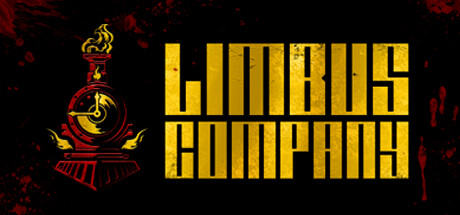In a sense, I am grateful for Pokemon TCG Pocket. It’s given me something to write about this week. I won’t have to endure the depressingly real world of Disco Elysium, or parse out how Kunitsu-Gami: Path of the Goddess works. I don’t have to return to UFO 50 and try to figure out how to review 50 games in one writeup.
No, I can just complain about a little app, and call it a day, and ignore some other things stressing me out.
Opening
The starting moments of a game are critical ones. They’re the moment that developer tries to hook you in. It can be a flash-forward, an exciting call to action, character creation, introduction to mechanics, or one of many other different things.
TCG Pocket starts by having the player open booster packs.

This is followed by opening more booster packs.
You can’t actually play a game with the cards until you’ve reached level 3, something you do by opening more and more booster packs, and critically, using the not-quite-premium currency to speed up the pack opening timer. Sure, you could wait the 2 days or so it would take it do it normally, but I would be shocked if more than 5% of the playerbase actually did this.
But after reaching level 3, is that experience worth it?
Not really.
Gameplay
The game generally plays like a simplified version of the physical Pokemon TCG.
Like the physical TCG, there are multiple types of cards, primarily the Pokemon and trainers. Pokemon cards are played out onto a bench, with one Pokemon in the active slot at any point in time. Only the active slot card can actually use attacks. Trainer cards are one-time use effects that can do a variety of things, generally drawing more cards, healing damage off your own Pokemon, or switching which one is in the active slot.

The game has been slimmed down from a standard Pokemon game, however. Players only need 3 points to win, instead of 6. Trainer card effects have been simplified, turning Professor Oak into a Pot of Greed. The bench only has 3 slots.
The biggest change has been made to energy. In the physical game, energy cards are a part of the deck. Only one can be played per turn, and they’re played onto Pokemon. Pokemon can only use attacks that they meet the energy threshold for.

In Pocket, they’re not part of the deck. Instead, you generate a single energy each turn, and can play energy onto a single Pokemon each turn. As a result, it’s no longer possible to get too many or too few energy, even though you can get the wrong type. This is a nice idea that’s currently irrelevant, because the game rewards mono-type quite heavily, with only one incentive for doing otherwise.
The thing is… it doesn’t really feel like it matters. The rewards for winning in PVP are basically nonexistent. None of the daily missions require it, and none of my non-premium missions require it either. PVE is more rewarding, but the events are on a timer you can speed up with money, and many of the rewards are one-time, or locked behind using a specific deck type instead of just winning. The game’s balance is also pretty middling, with just a handful of decks being relevant, and they rely upon 2 copies of one of the rarer cards.
And that kind of makes sense, because it doesn’t really feel like it’s about the battling. It’s about the collecting. Critically, it’s about the booster packs.
Booster Packs
Everything about Pocket is designed to reinforce opening boosters. The home screen is the booster opening page. The link to the in-game shop is more prominently displayed than the link to the battle options.
Booster pack openings are an 8 step process. Select a pack type to open. Select a pack from a revolving carousal. Swipe the top of the pack for a crunchy lovely opening sound. Tap through each card in the booster, with what I can only describe as a glittering chime for each card, and more for rarer ones. View the full results. Watch cards slot into your binder. Swipe up on new cards to register them into your card dex. Watch them slide into place, and your card collection count tick up.
It is then time to open another booster pack.
I’m breaking this down not because it’s overwhelming or slow (though it feels a little drawn out). I’m noting it because it’s indicative of where the game’s priorities are.
Overall
Many people do just collect physical Pokemon cards without playing the trading card game. I certainly did growing up. There’s nothing intrinsically wrong with just enjoying the art and collecting them. If Pocket TCG was purely the collection elements, without the aggressive monetization, it wouldn’t be for me, but I wouldn’t have as many problems with it.
But Pocket isn’t just “Not For Me.” It’s an aggressive experience that’s designed to build player engagement habits, and convert those habits into cash. I don’t respect it, and I don’t recommend it.
I’m also not going to pretend that it doesn’t work, that it isn’t at least partly compelling. Bait is designed to be tasty. But I am not a fish. I can spit out the hook.














